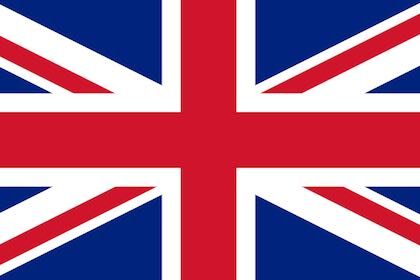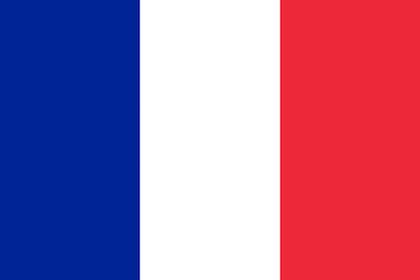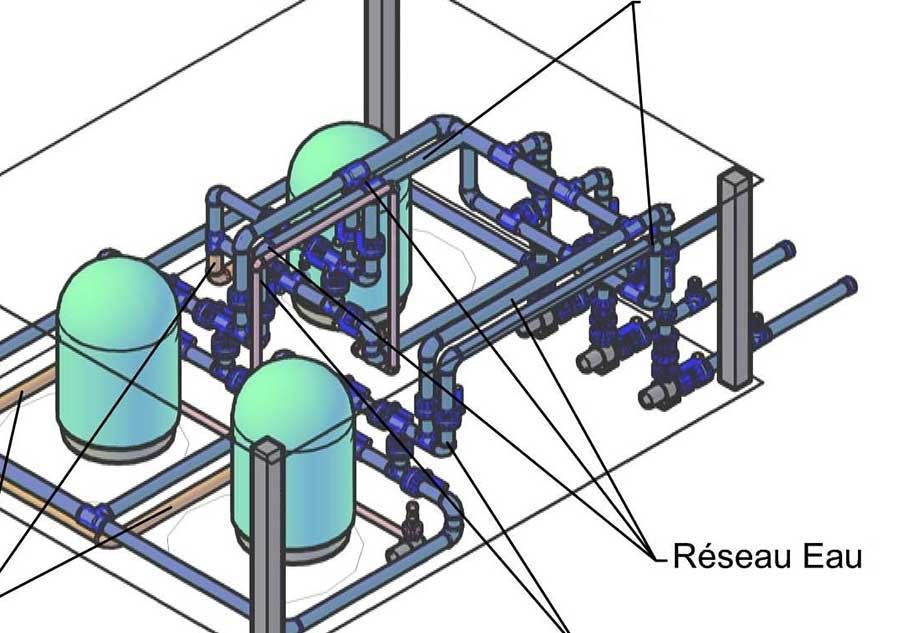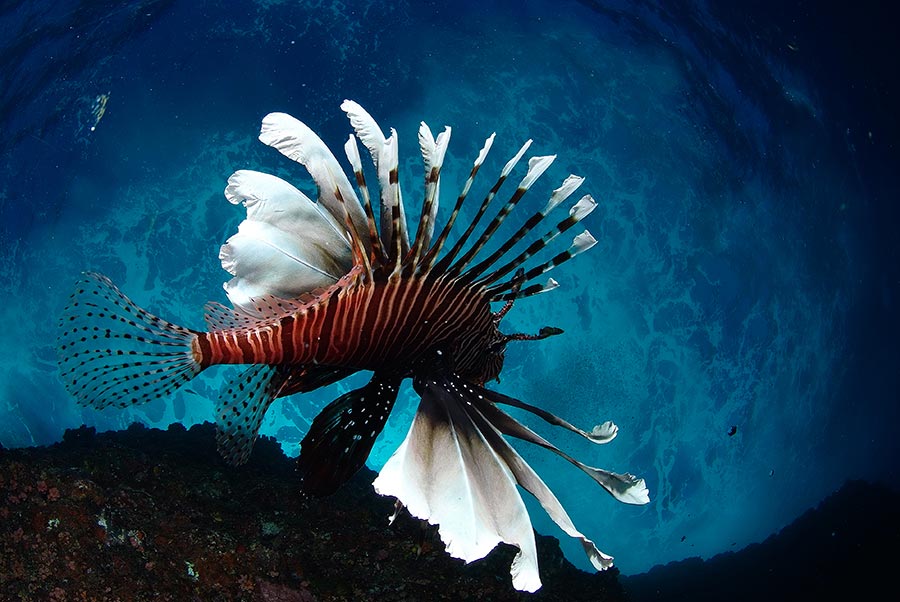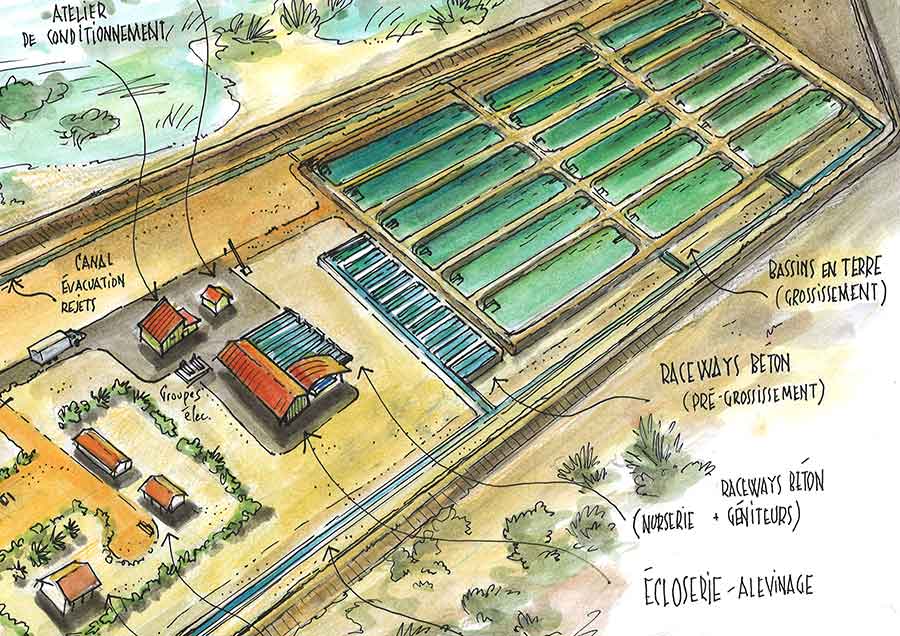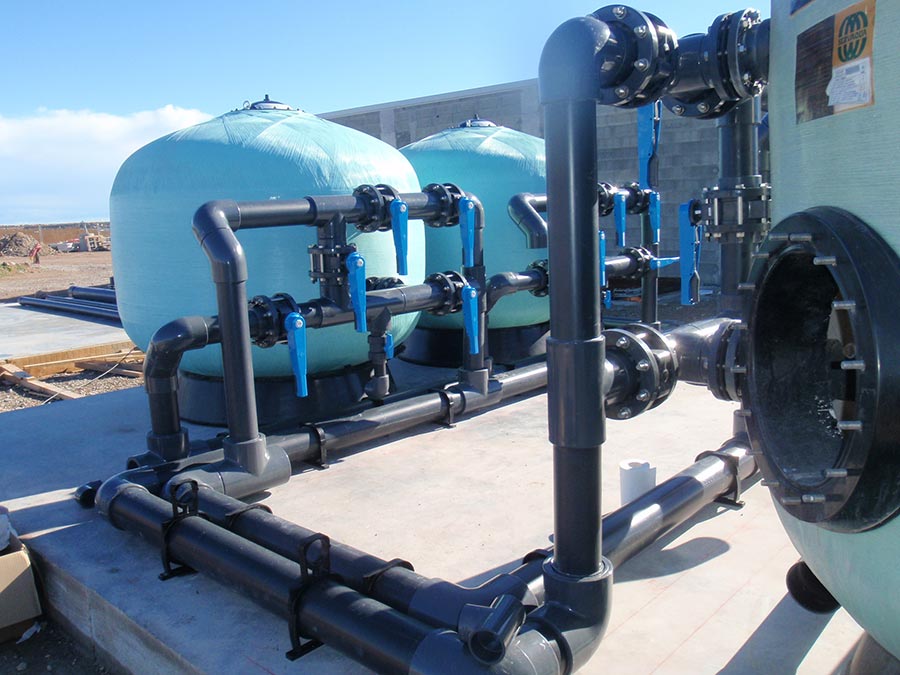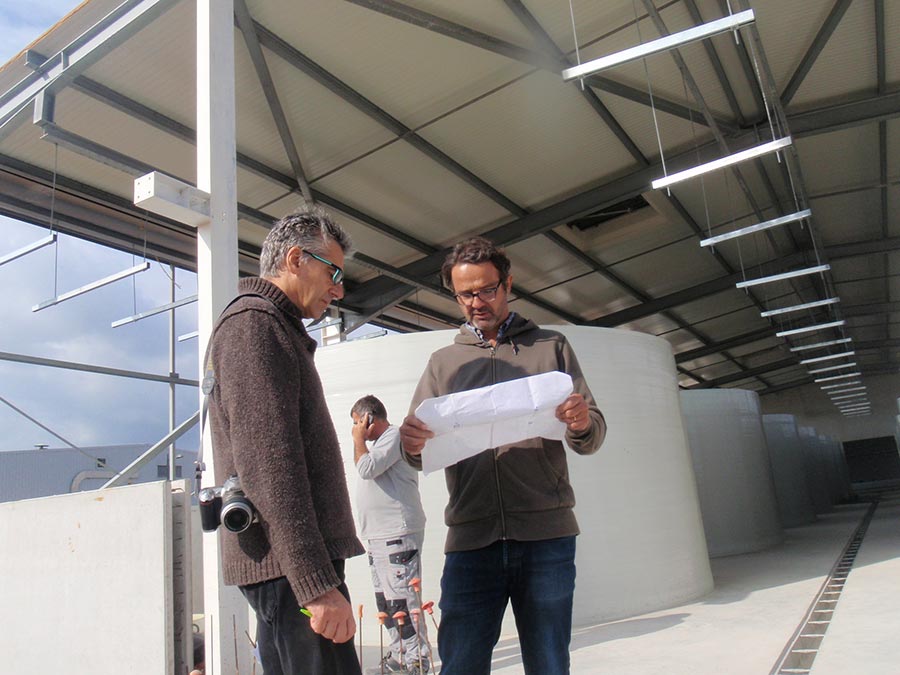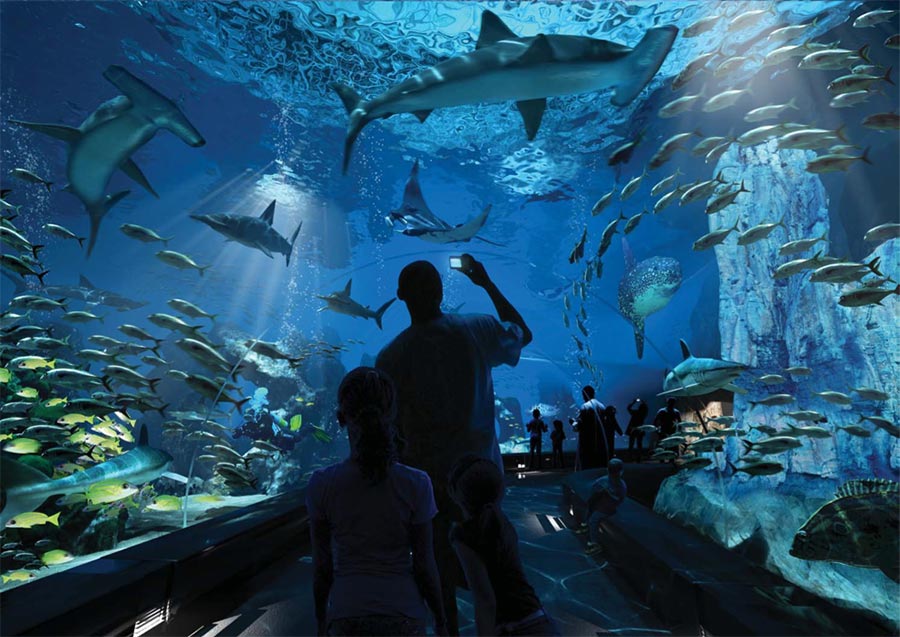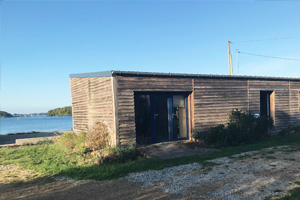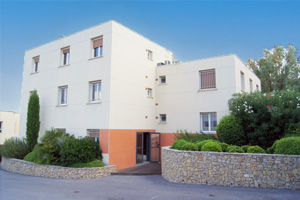Expertise
Studies and Project Development
MANAGER : BRUNO JUSTOME
• Definition, feasibility, design and project development.
• Provisional economic and financial study
• Studies and characterization of the site environment
• Studies of aquaculture development and master plans
• Cross-sectional studies
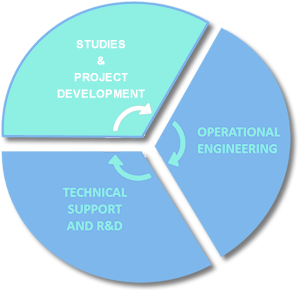
IDEE is also able to offer assistance missions to start-up operation or technology transfer thanks to a large network of experienced production technicians and engineers able to intervene for " flash & short " missions or of longer durations.
Engineering
MANAGER : JEAN-MARC COCHET
Studies of Aquaculture projects (hatcheries, grow-out farms, R&D centres, RAS-type recirculated aquaculture systems) :
• General studies: site studies, feasibility studies,
• Technical audits,
• Design and project management studies on the aquaculture process part: preliminary design, detailed design, tenders, visa and work supervision.
• aquaculture process construction and installation work supervision.
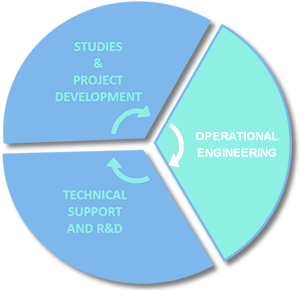
Technical assistance and R&D
MANAGER : BENOIT HUSSON
• Technical and zootechnical operating audit
• Definition of strategic technical orientations
• Support for production management
• Development of tools to help manage water quality through the interpretation of the Redox potential using Vortex software (detailed below), a software to help manage water quality developed by IDEE.
• Assistance in the operational restructuring of farms and hatcheries
• Technical and experimental assistance by means of IDEE’s laboratory created in early 2013
• R&D work and in charge of the CIR (Research Tax Credit).
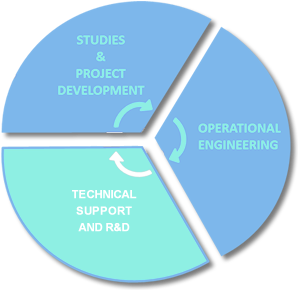
IDEE is also able to offer assistance missions to start-up operation assistance missions or technology transfer thanks to a large network of experienced production technicians and engineers able to intervene for " flash & short " missions or of longer durations.
VORTEX : IDEE software for water quality management
Towards an innovative production management
• Since 2005, IDEE has used the measurement of redox potential (= redox or ORP) as an indicator of water quality
• The improvements obtained in aquaculture have made it possible to progress in the understanding and use of Redox in relation to pH, salinity and temperature.
• These improvements could only be obtained gradually and based on observations from several sites.
It was necessary to progress in parallel with:
• Measurement protocols
• Measuring devices, appropriate probes
• Data interpretation: definition of correct values and risk areas
• The pH ~ measure of proton activity (H +)
• Redox ~ measure of electron activity (e-)
From now on, a water quality is defined according to its coordinates (pH / Y / Mh).
Y and Mh are calculated from measurements of Redox, pH, Temperature and Salinity.
• The culture water must be positioned correctly in relation to these 3 parameters (3-dimensional target pH / Y / Mh) in order to correspond to the best physiological comfort of the species considered.
• The culture management is gradually adapted to maintain the water quality in the favorable zone.
An innovative approach to management
• Software for interpreting ORP data and helping farm management has been developed internally: Vortex
• A software in perpetual development and improvement, it is now in its third version, IDEE is currently working on the fourth.
• The projection of each measurement on a 3D target (Y / pH / Mh) allows efficient management of each farming batch (Redox control).
Practical approach
• Evaluate on a daily basis the movement of each farming batch on the Vortex target and adjust the farm management accordingly
• Understand the effects:
•technical interventions (flow rate, feeding, filtration, aeration, hydraulic operation, inputs, etc.) -> BETTER MANAGE THE AQUACULTURE CONTROL TOOLS
• biological phenomena (drop in temperature, wind, salinity, phyto-plankton bloom, etc.) -> ANTICIPATE
11 years of redox measurements
• Numerous measurements, on a wide variety of species:
• Oyster ~ 5,000 data (Hatchery / Nursery)
• Shrimp ~ 200,000 grow-out data + 30,000 Hatchery data (Hatchery / Nursery and Pre-growing)
• Sea bream ~ 3,500 data (Hatchery / Nursery)
• Sea bass, meagre ~ 7,500 data (Hatchery / Nursery)
• Salmon ~ 2,500 data (Grow-out)
• Trout ~ 1,500 data (hatchery/ Grow-out)
• Barramundi, grouper ~ 200 data (Hatchery / Grow-out)
• Turbot ~ 1,500 data (Hatchery / Grow-out)
• Sturgeon ~ 800 data
• Algae ~ 800 data
• Aquariology ~ 200 data
On a permanent basis, around 150 to 200 Redox measurements are carried out every day on all aquaculture farms using Vortex (around 60,000 measurements per year).
Work on a wide range of conditions:
• Round and flat fish / shrimps / shellfish / Algae
• Fresh water / sea water / brackish water
• Tropical regions / Temperate regions
• Extensive / intensive culture
• Hatchery / Pre-growing/ Grow-out
Methodology requirements
• Qualified staff
• Implementation of rigorous measurement protocol
• Organization for the monitoring and the recording of data and their analysis into the Vortex software.
Training Courses
IDEE has collaborated with several aquaculture training courses for the past twenty years.
The topics covered concern the zootechnical aspects of different types of production, aquaculture engineering, development prospects at the level of a region, country or continent. The courses give a preponderant part to the transfer of know-how concerning the setting up of projects, the operation start-up and their development.
The training courses take into account feedback from IDEE experiences in order to offer students an understanding of the issues facing aquaculture companies, as close as possible to reality.
This approach helps to enrich the theoretical courses more conventionally given by higher education.
